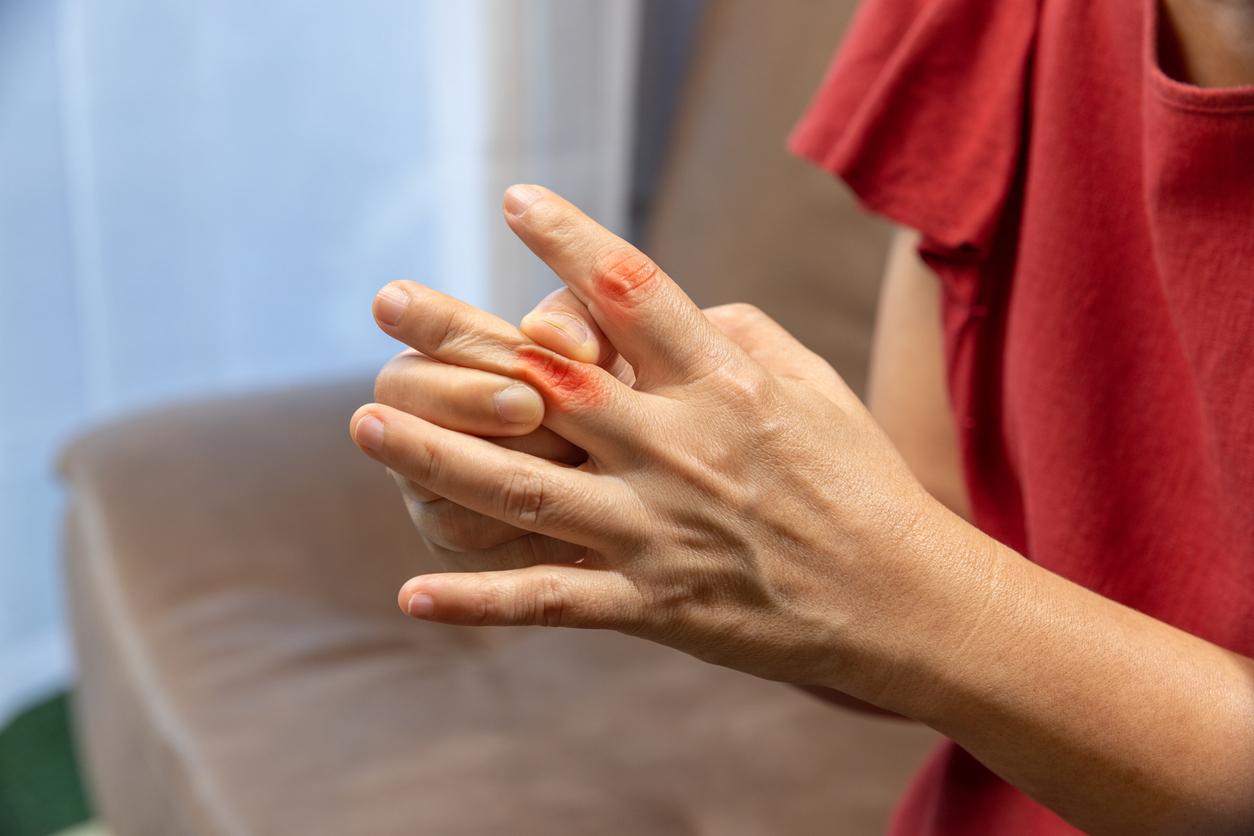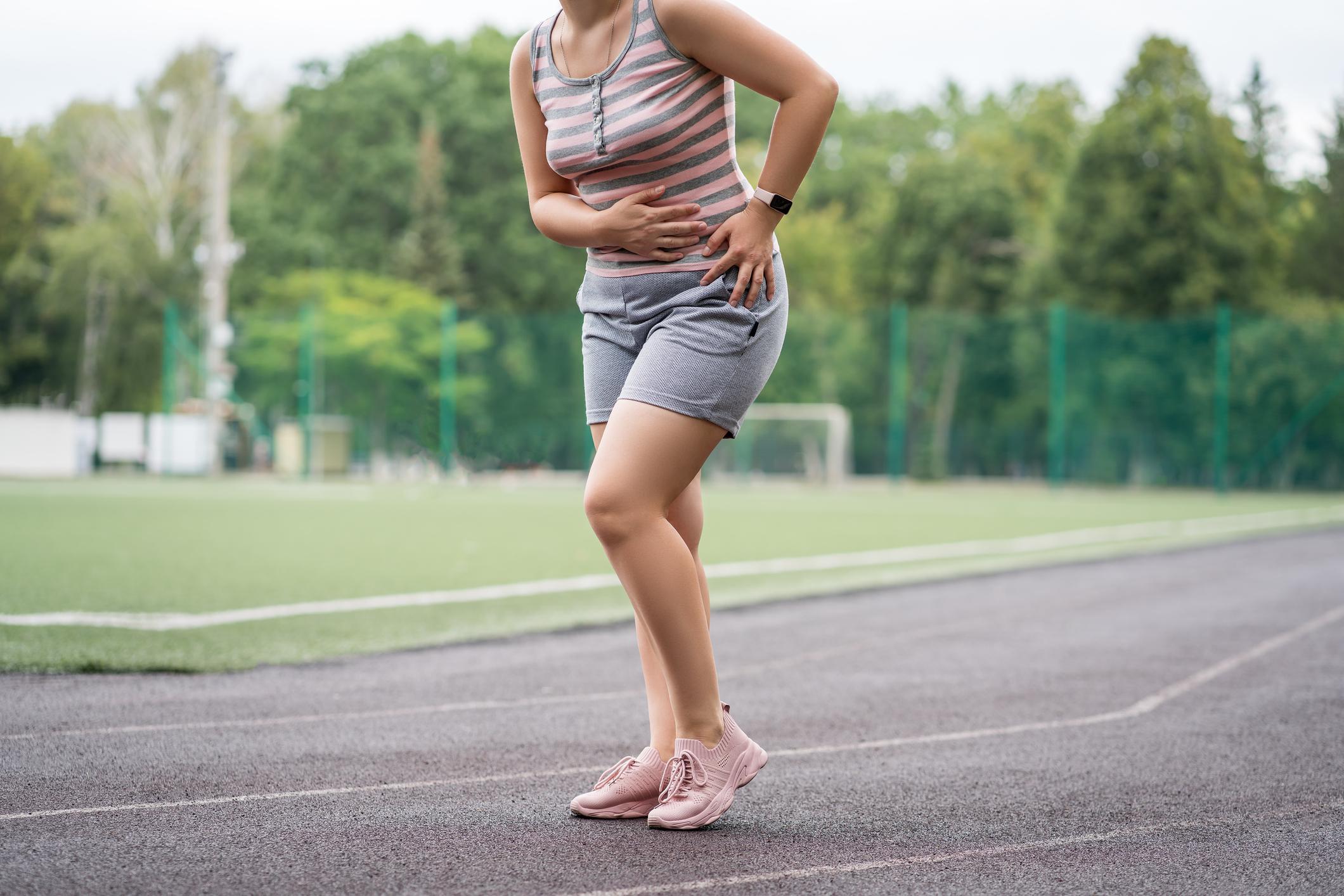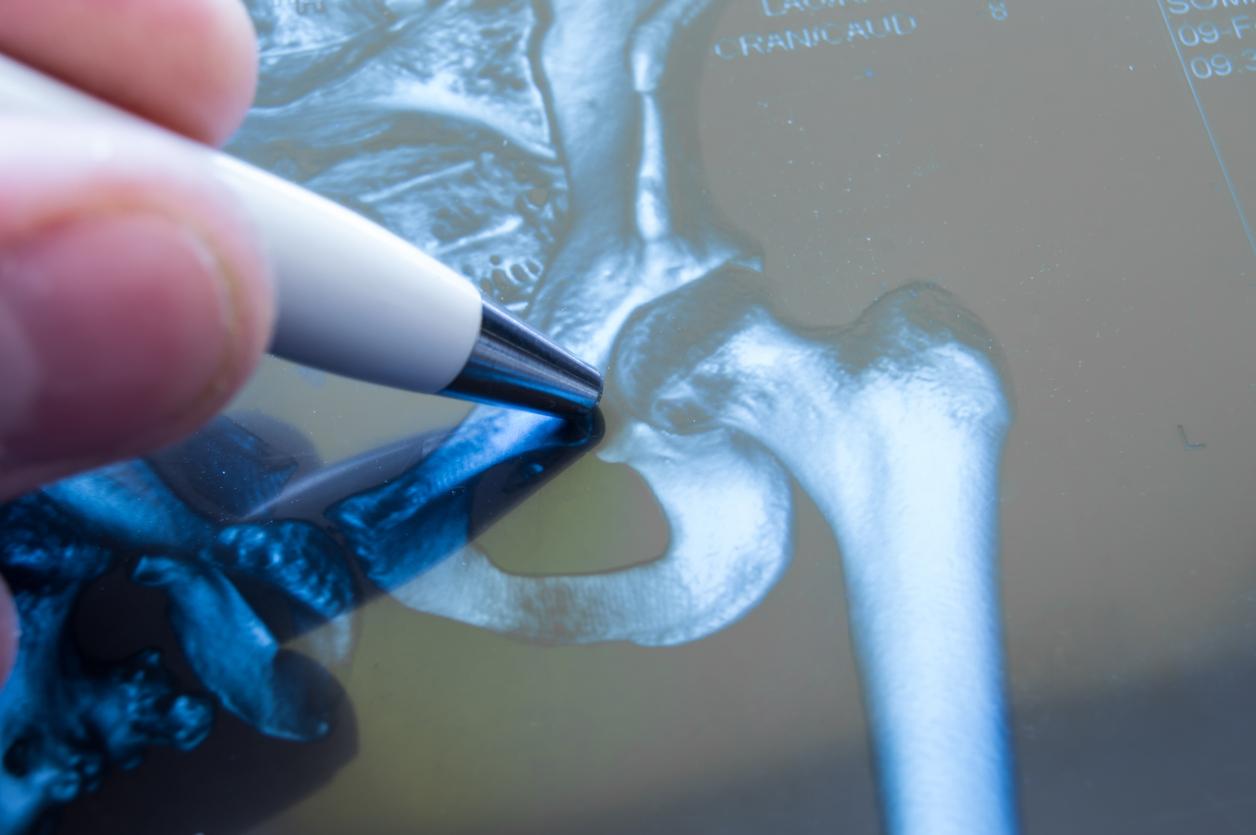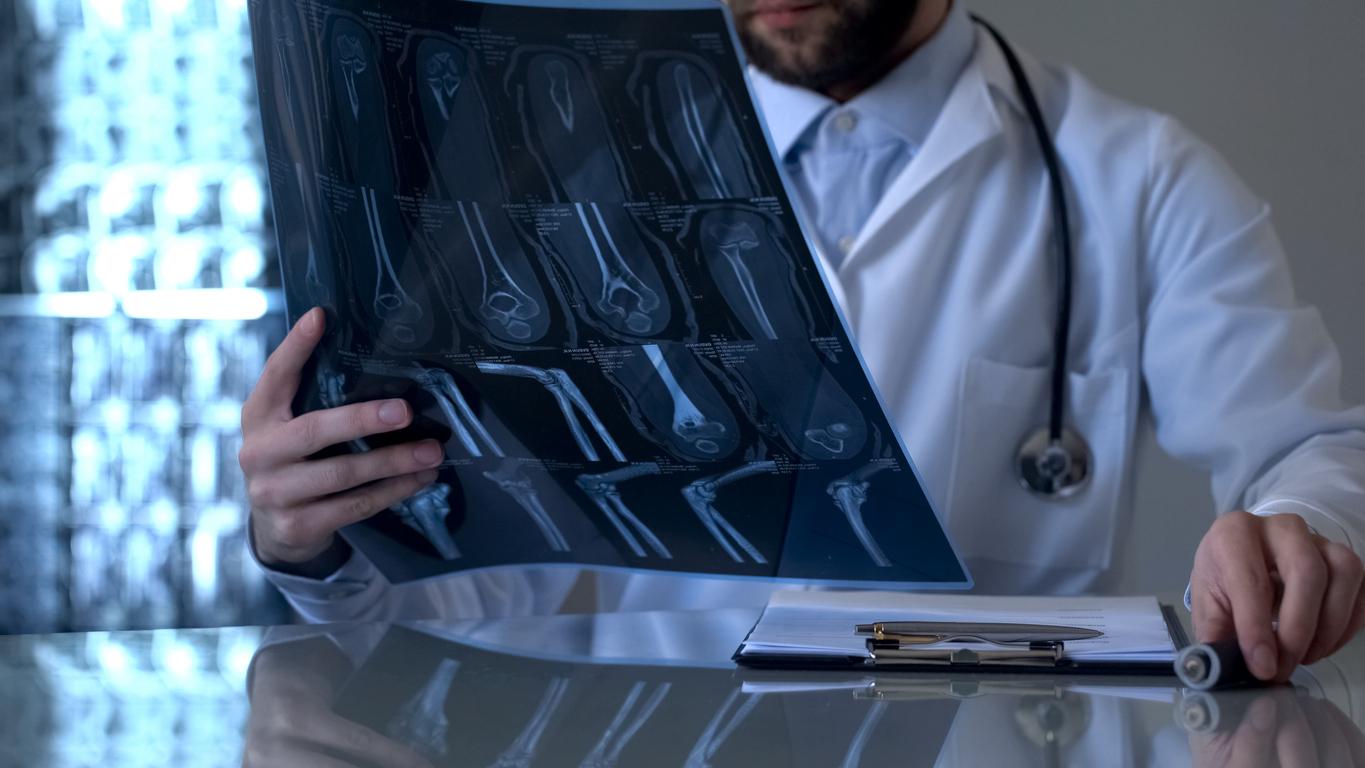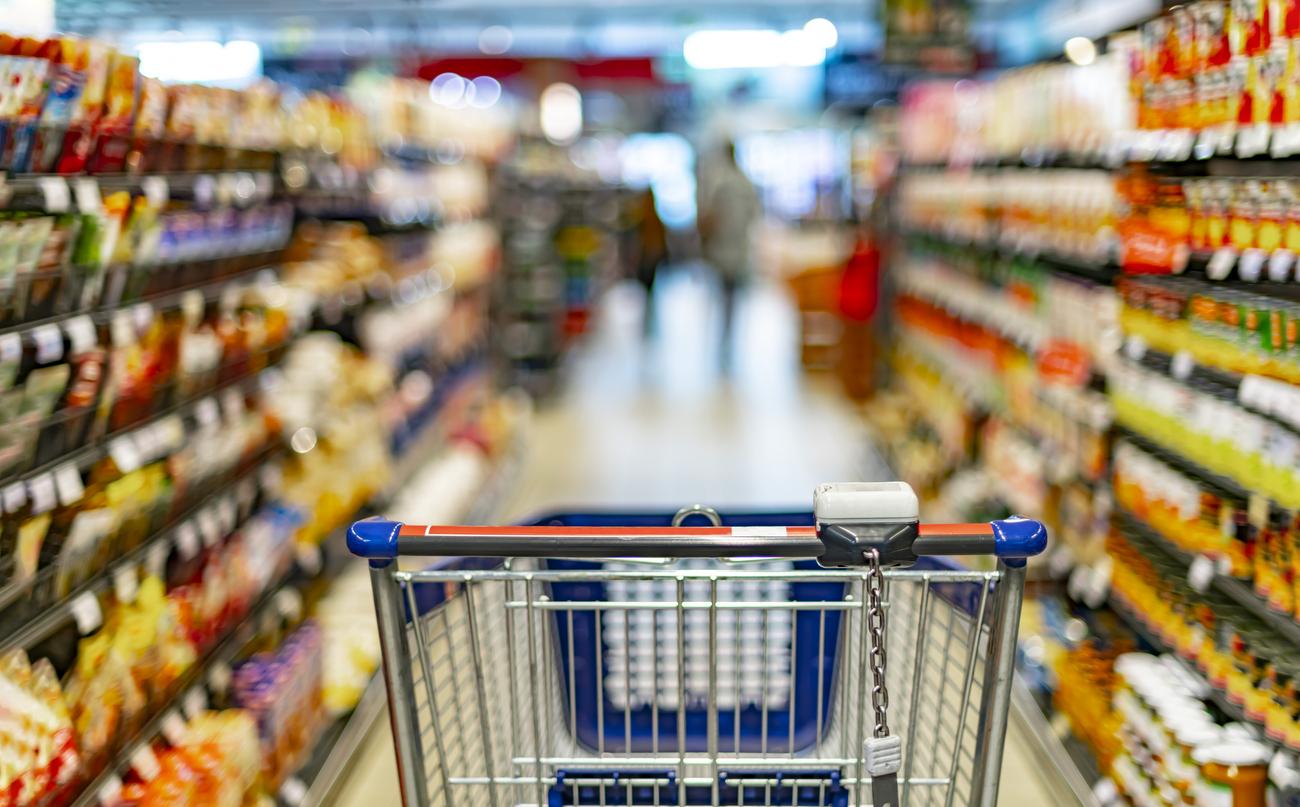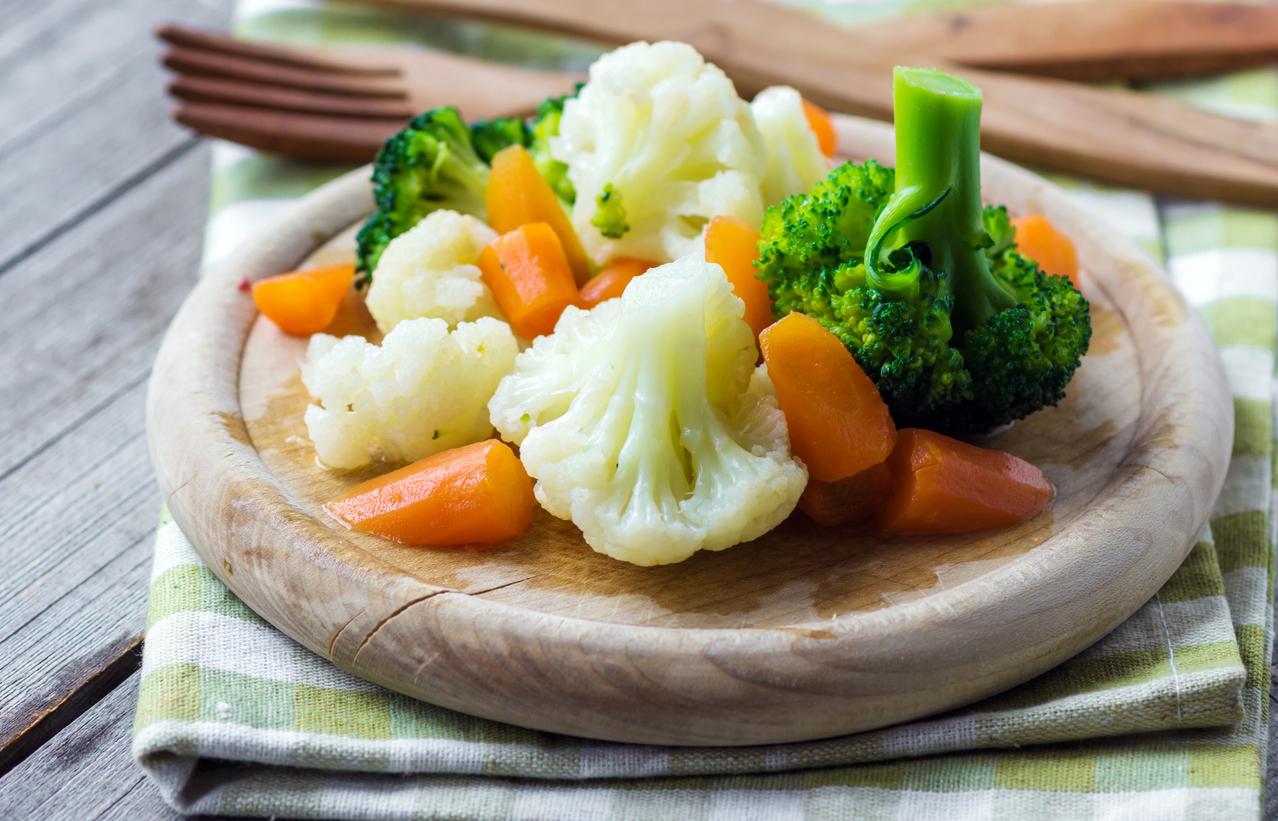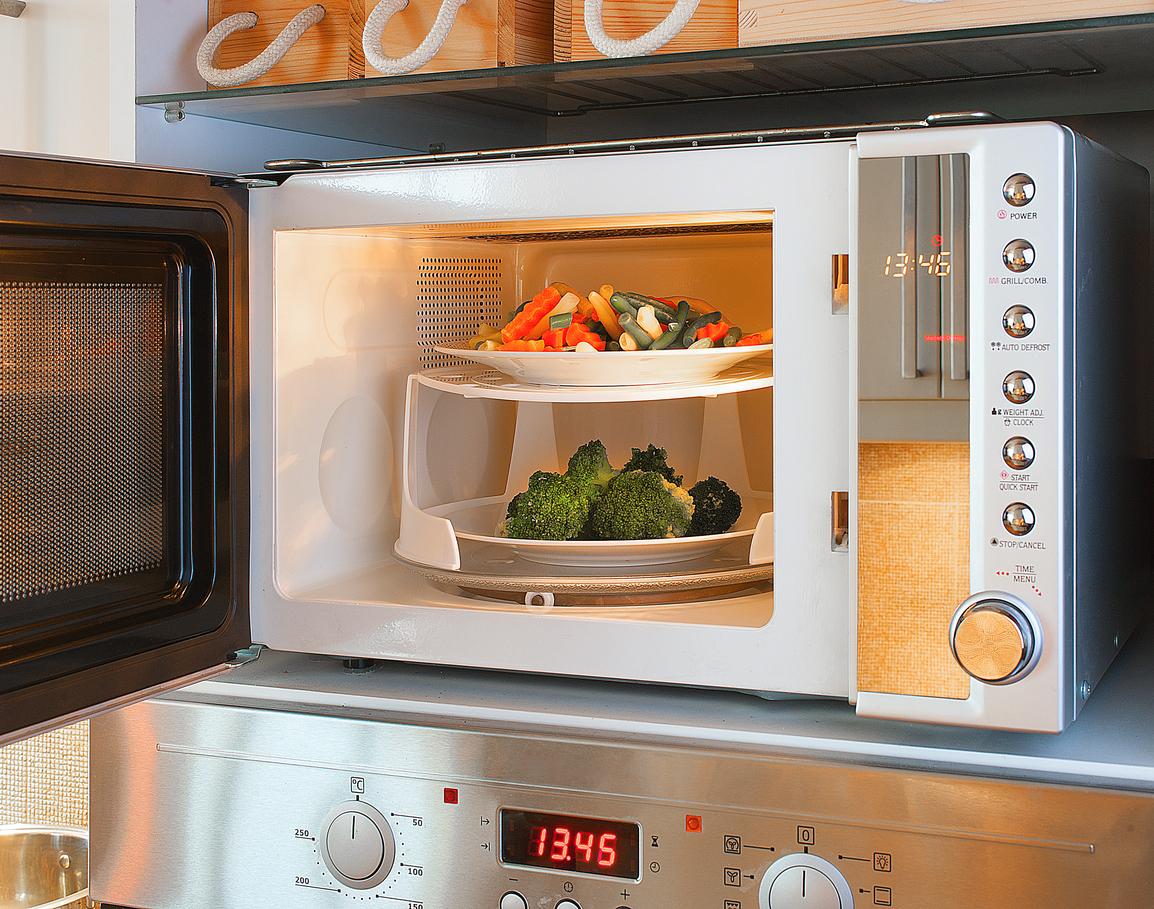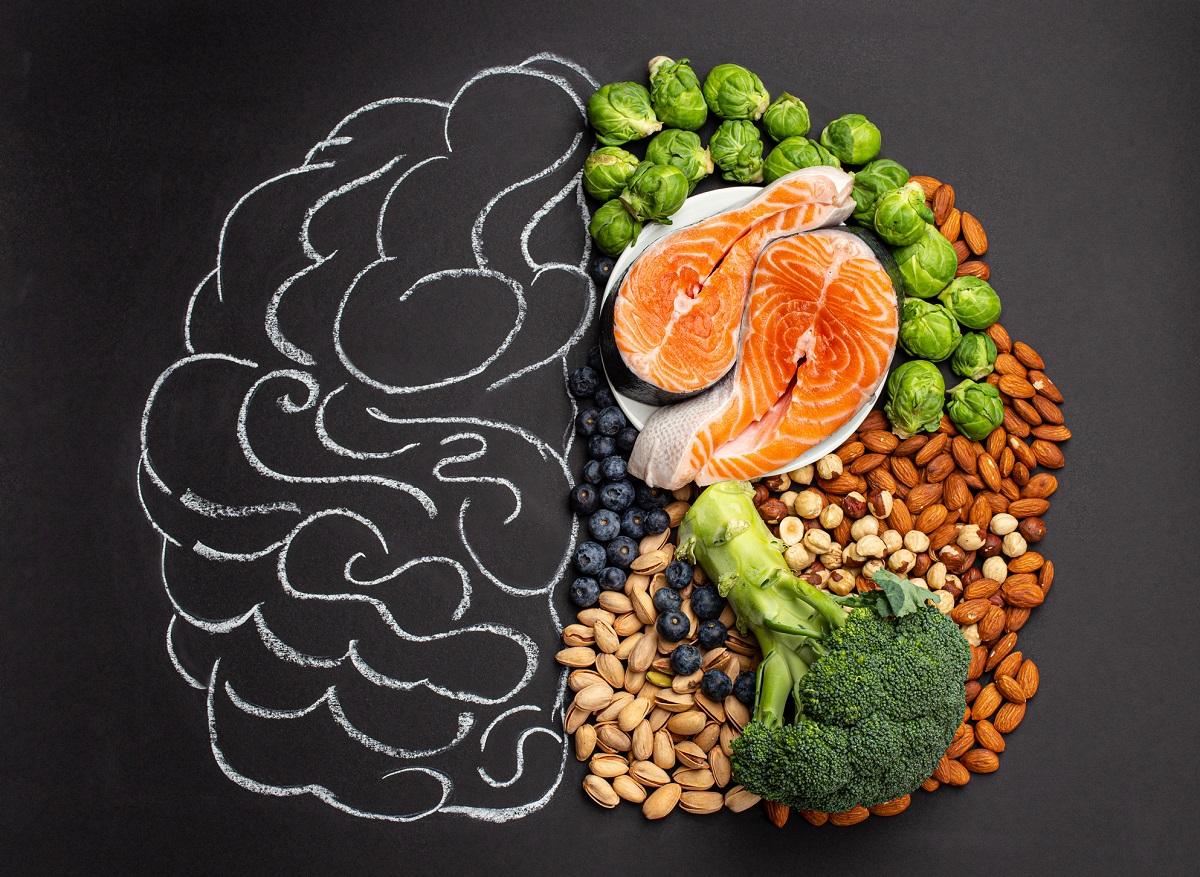Osteoporosis: you obviously need calcium
Long presented as the miracle cure for osteoporosis, calcium, although it remains essential to the body, is not enough to protect against this pathology. “Calcium does not prevent fractures, admits Professor Bernard Cortet, rheumatologist at Lille University Hospital, but we must not neglect it: we lose it every day, especially in the urine, and we also know that anti-osteoporotic medications are more effective if we take calcium.”
THE calcium needs of an adult are 900 mg/day and 1200 mg/day after 65 years. It is found in many foods including:
- In dairy products (parmesan, Comté, yogurts), to consume at least 3 times a day, preferably in the evening, because the bone-destroying cells work especially at night. Pfavor yogurt rather than “dairy specialties”, low in calcium, hard cheeses (Gruyère, Comté, Emmental) rather than soft or spreadable ones. 1 yogurt = 160 mg of calcium, 1 glass of milk = 120 mg, 50 g of Comté = 495 mg, 50 g of Emmental = 449 mg.
- In waters rich in calcium (Talians, Hépar, Courmayeur, Contrex…). But do not only drink these highly mineralized waters if you have a history of urinary stones.
- In figs, spinachgreen cabbage, broccoli, leeks, almonds, hazelnuts, quinoa, sesame, sardines… “However, this calcium of plant origin (with the exception of Chinese cabbage) is less well absorbed than dairy calcium, explains Véronique Coxam, nutrition expert with ANSES. This is why you need to consume a lot of it even if certain plants are very rich in calcium.”
Osteoporosis: you obviously need vitamin D
The absorption of calcium by the digestive tract and its fixation on the bones depend largely on vitamin D. This vitamin is synthesized naturally by the skin under the effect of certain UV rays. It then undergoes transformations in the liver and kidneys to increase the absorption of calcium by the intestine and promote bone mineralization…. And like vitamin D, it also boosts immune defenses (significant reduction in respiratory infections and flu). ), we are doing double duty as winter approaches.
The European Food Agency recommends 600 IU (international units) of vitamin D per day, three times more than the French agency. And according to the International Osteoporosis Fundation (IOF) you should ingest 800 to 1000 IU per day. How to stock up on vitamin D?
- We focus on the main food sources such as fatty fish (sardines, mackerel, tuna, etc.), oils, Emmental cheese and even dark chocolate.
- One takes a natural vitamin D3 supplement, 10 drops per day between November and March. A daily dose is better than a larger dose of synthetic vitamin D in an ampoule (100,000 IU or 200,000 IU) once or twice a year, otherwise the body is forced to eliminate part of it, which requires energy and it is more difficult to have a stable dosage over time.
Osteoporosis: we also need magnesium
Magnesium plays an equally, if not more, important role than calcium as an essential trace element for good bone health, which contains 60% of total magnesium. Magnesium regulates the transport of calcium and improves its fixation on bones, thus helping to maintain the strength of our skeleton. . “The recommended dose for an adult is 350 mg per day. More precisely, it is 6 mg per kilo per day. So for a woman weighing 60 kilos, 360 mg would be needed.“, advises Florence Guinfolleau, dietitian nutritionist. We find it:
- In many foods like seaweed, dried fruits, nuts, pumpkin seeds, sunflower seeds, black beans, tofu and spinach.
- In certain mineral waters: dAccording to the Research Institute of Well-being, Medicine and Sport Health, water is said to be “rich in magnesium” when it contains more than 56 mg per liter. The richest are: Rozana (160 mg/L); Hepar (119 mg/L); Badoit (85 mg/L); Contrex (84 mg/L); Quézac (69 mg/L), Courmayeur (68 mg/L).
Osteoporosis: don’t forget silicon
An essential trace element, silicon contributes to the assimilation and fixation of calcium. It therefore promotes mineralization. However, our capacity to store silicon decreases as we age. The minimum requirement would be 10 to 25mg per day. After menopause, a dietary intake of more than 40 mg/day is associated with better bone density in women. We find it :
- In waters rich in silicon (Chateldont, Salvetat…), in whole grains, dates, bananas…
- In the form of Silica gel (for example Silicea from Hübner or Silicium Organique G5® from Alma Bio) to be diluted in a little water, 1 to 3 times a day depending on the degree of bone fragility. As a three-week treatment then one week off, two to three times in a row.









